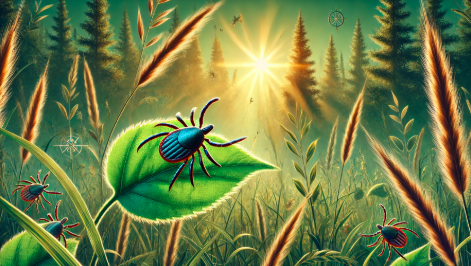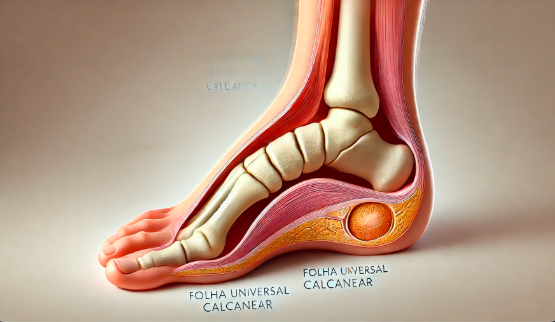Introduction to TickZoo
Ticks are small but mighty creatures that can pose significant health risks to humans and animals. TickZoo is an all-in-one resource designed to educate and empower individuals to take proactive measures against ticks and tick-borne diseases. This guide aims to provide clear, detailed, and actionable information to help you understand ticks, their habitats, and how to protect yourself and your loved ones.
Understanding Ticks
What Are Ticks?
Ticks are parasitic arachnids that feed on the blood of their hosts, including humans, animals, and birds. Unlike insects, ticks have eight legs and no antennae. They are a crucial part of ecosystems but can also be vectors for various diseases.
Types of Ticks
Ticks come in two main categories:
- Hard Ticks: Recognizable by their tough outer shell, these ticks are more common and are often responsible for transmitting diseases.
- Soft Ticks: These ticks lack a hard shell and are less frequently encountered.
The Life Cycle of Ticks
Ticks undergo four life stages: egg, larva, nymph, and adult. Each stage requires a blood meal to progress, making them persistent in their quest for hosts.
Where Are Ticks Found?
Ticks thrive in moist and wooded areas, grassy fields, and places with dense vegetation. They are commonly found worldwide, adapting to diverse climates.
How Ticks Feed
Ticks latch onto their hosts using specialized mouthparts. They inject saliva containing anticoagulants to feed on blood for several hours or days.
Tick-Borne Diseases
Overview
Tick-borne diseases are illnesses transmitted through tick bites. These diseases can affect humans and animals, leading to severe health complications if untreated.
Common Tick-Borne Diseases
- Lyme Disease: Caused by the bacterium Borrelia burgdorferi and transmitted by black-legged ticks.
- Rocky Mountain Spotted Fever: A serious bacterial infection spread by dog ticks.
- Babesiosis: A parasitic infection affecting red blood cells.
- Ehrlichiosis: A bacterial disease caused by lone star ticks.
Symptoms and Diagnosis
Symptoms of tick-borne diseases vary but often include fever, fatigue, rash, and joint pain. Early diagnosis through blood tests and medical consultation is critical for effective treatment.
Global Impact
Ticks and tick-borne diseases pose challenges globally, affecting health systems, agriculture, and economies. Efforts to control tick populations are essential worldwide.
Identifying Ticks
Tools and Techniques
Accurate identification of ticks is crucial for understanding potential health risks. Tools like magnifying glasses, tick keys, and TickZoo’s interactive identification guides can help.
Differentiating Between Species
TickZoo provides detailed information to distinguish between species based on size, color, and habitat preferences.
Tick Behavior Patterns
Ticks are most active during warm months and often hide in tall grass and wooded areas. Understanding their behavior can help in avoiding bites.
Tick Prevention and Control
Personal Preventive Measures
Wearing protective clothing, applying EPA-approved tick repellents, and conducting thorough tick checks after outdoor activities can reduce the risk of bites.
Managing Outdoor Spaces
Landscaping practices like keeping grass short, removing leaf litter, and using pesticides can minimize tick habitats.
Pet Protection
Ticks often target pets. Regular use of veterinarian-recommended tick collars and treatments can protect animals.
Natural Control Methods
Planting tick-repelling plants like lavender and using diatomaceous earth are eco-friendly alternatives.
Handling Tick Bites
Immediate Steps
If bitten, remove the tick promptly using fine-tipped tweezers. Clean the bite area with soap and water or an antiseptic.
Monitoring
Keep the removed tick in a sealed container for identification if symptoms arise. Watch for signs like fever or rash.
Common Mistakes
Avoid using heat or chemicals to detach ticks, as this can increase the risk of disease transmission.
Research and Advancements
Latest Discoveries
Scientists continuously explore tick biology and innovative ways to manage tick populations. Vaccines for Lyme disease are under development.
Technological Innovations
TickZoo provides access to advanced tracking tools and research databases, bridging the gap between science and public awareness.
Features of TickZoo
Interactive Tools
TickZoo offers an intuitive tick identification guide and risk maps to track tick activity in your area.
Educational Resources
From detailed articles to video tutorials, TickZoo’s resources cater to all age groups and expertise levels.
Community Support
Forums and expert consultations allow users to share experiences and seek advice on tick prevention.
Raising Awareness
Public Education
TickZoo collaborates with schools, healthcare providers, and community organizations to spread knowledge about tick prevention.
Partnerships
Partnerships with research institutions and NGOs amplify TickZoo’s impact on global tick awareness.
Conclusion and Call to Action
Ticks may be small, but their impact can be significant. By using TickZoo as your go-to resource, you can stay informed, protect yourself and your loved ones, and contribute to a healthier, tick-free future. Explore TickZoo today and join the fight against tick-borne diseases!
Recomended Articles
HDTodayla: Your Ultimate Guide to Free Movies and TV Shows Streaming
Everything You Need to Know About ecrypto1.com Crypto Wallets: A Comprehensive Guide
Comprehensive Guide to www.defstartuporg: Empowering Startups Globally


